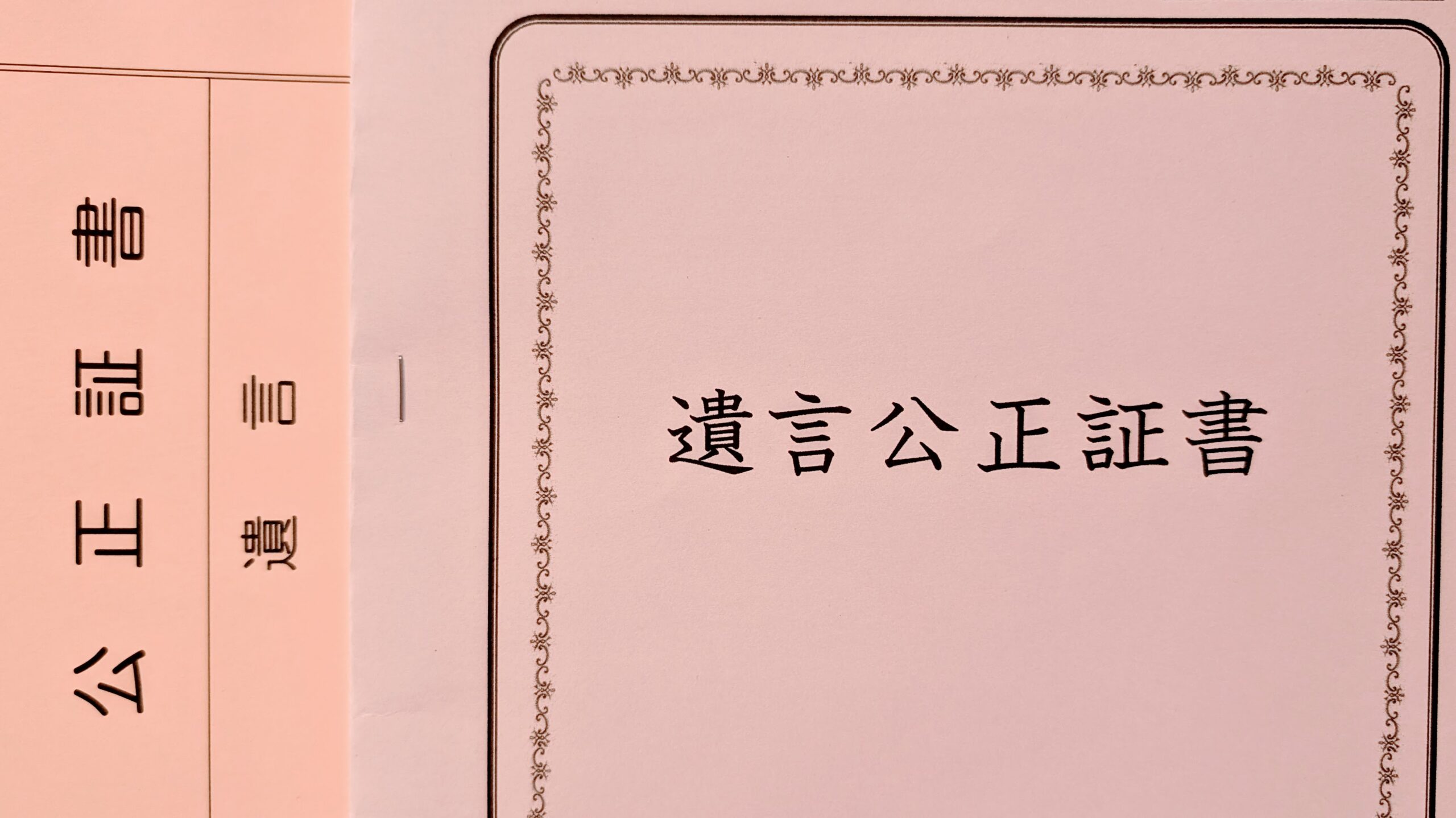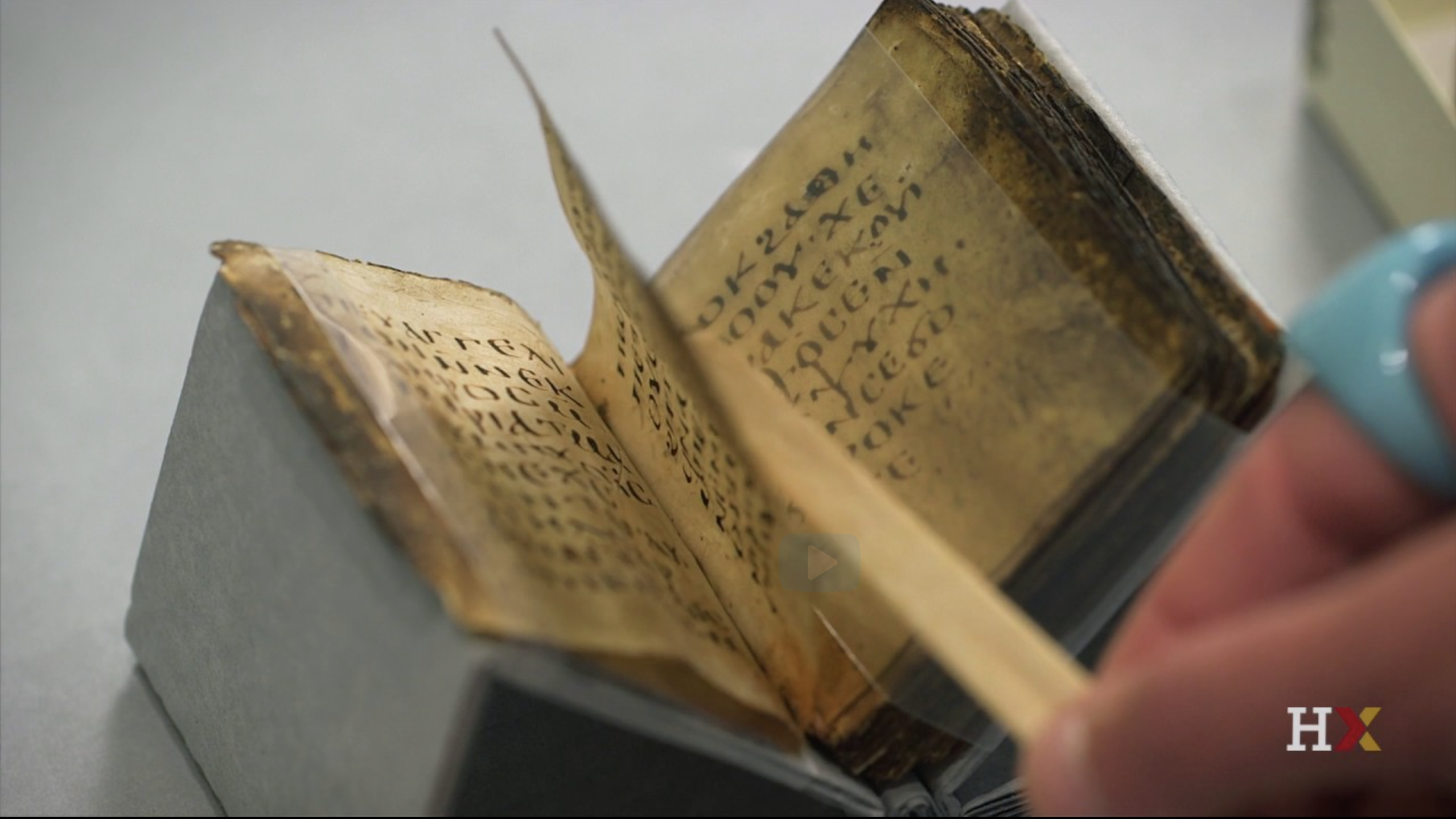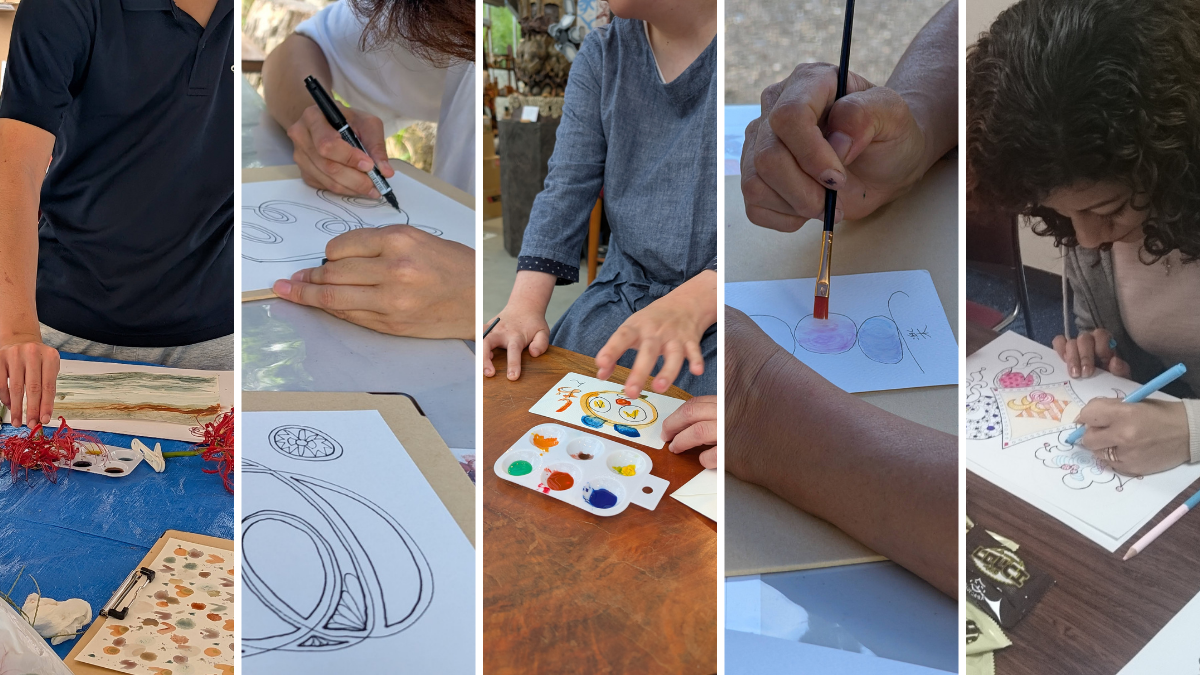At Oyama Senmaida, the season’s first official harvest activity is on Sunday, when the sake owners’ program brings in its three paddies of grain. I was there for the planting and I’ll be there for harvest, too.
There is lots of work to be done before the owners come for their event. One of the many tasks is cleaning up the rice straw, wara, that’s used to tie the sheaves after they are cut. The work is called by many names, but 藁の準備 is the most general.
I learned how to do it yesterday. Let me show you:



Step by step, here is what’s happening. The video shows step three (and a hint of four).
- UNTIE: Take a bundle of dried straw and remove the tie
- ALIGN: Line up the bottom (cut ends) by tapping on the ground. This makes is much easier to do step 4
- COMB: Holding tightly in the middle, pull the straw bundle through the rake, so that loose pieces and tangles are left behind.
- Do this four or five times, making a quarter turn after each pass
- YANK: remove the leafy bits that the rake loosened.
- With tight one-handed grip on the bundle, use your other hand to firmly and quickly yank the loose ends
- If you go too slow or loosen your grip, you’ll pull out the good straw, too. Avoid that.
- TIE: Using some of those loose pieces you are holding, tie the clean combed bundle using this traditional method:
- Lightly twist your leaves and wrap them around the bundle like a belt
- Hold on to the point where the belt ends overlap and spin the bundle to make a tightly twisted section
- Fold the twist and tuck it into the belt from the bottom towards the top



While I was working on this at dawn morning (5 am is beautiful and an almost cool 27C/80F), I felt a strong sense of connection. The straw was cut and dried two years ago. I noticed the skill and variation of the ties on each bundle and thought about the people who had prepared them. Some seemed tired – pushing through a long day’s hot work. Some were meticulous and artistic. Everyone used the same knot, which made it easy to untie.

I don’t know who the harvesters were and they certainly didn’t know I’d be the one working with the straw later, but we are now connected in time, space, and energy. That feels special.
It’s a long chain going back and from Sunday it will move forward as the straw I combed today will be used to tie this year’s harvest which will be dried and then used in future seasons. So many hands, hearts and minds.
I was trying to remember the vocabulary in English for this process of preparing fibers for rope making. And I was surprised to learn that what I know from years ago in the US isn’t exactly equivalent to what we do in Japan.
It’s evident in the straw work I’ve done here – making straw turtles and new years decorations – but I never thought much about it.
In Western rope making and basketry, fibers are processed heavily with techniques like scutching and hackling. (These are the words I was trying to remember) which are techniques to break the woody stems into thin flexible fibers.
Japanese rope making and craft uses the straws intact. Processing is much lighter – simply combing out the loose parts and making a straight bundle. Rice straw is softer than wheat or rye, so it doesn’t need much effort to make it pliable.
There is one last straw-related delight that I discovered this morning while I was looking for more information on wara preparation. There is a folk tale that is the equivalent of the Red Paperclip. It starts with a straw which is traded for some oranges, which are traded for cloth, and so on until the poor man who found the straw eventually has a house.






